The Thai Bird’s Eye Chilli: A Tiny Fireball with a Big Personality
Table of Contents
- What is the Thai Bird’s Eye Chilli?
- Just How Hot Is It? Scoville Scale Breakdown
- Top 5 Culinary Uses You Can’t Miss
- Pro Tips for Handling These Litttle Spice Bombs
- Flavor Pairing Guide: Friends of the Bird’s Eye
- Want to Grow Your Own? Here’s How!
- Debunking Common Myths About This Fiery Pepper
- Final Thoughts: Love It or Fear It, You Can’t Ignore It!
What is the Thai Bird’s Eye Chilli?
If you thought size mattered when it comes to spice, think again! The Thai Bird’s Eye Chilli (or prik kee noo in Thai) may be small enough to hide under a sesame seed, but it packs a punch that can rival even the fiercest jalapeños and habaneros.
Naturally found across Southeast Asia, this tiny pepper plays a starring role in Thai cuisine. Whether it's red, green, or yellow, it’s known for delivering heat without overpowering flavor — a rare feat in the spicy world.

Just How Hot Is It? Scoville Scale Breakdown
So what’s the Scoville rating of this little beast? Drumroll please...
| Pepper | Scoville Heat Units (SHU) |
|---|---|
| Thai Bird’s Eye Chilli | 50,000–100,000 SHU |
| Jalapeño | 2,500–8,000 SHU |
| Habanero | 100,000–350,000 SHU |
| Cayenne | 30,000–50,000 SHU |
In short: if you’re not ready for its fire, the Bird’s Eye will remind you who’s boss. But unlike some other super-spicy peppers, its heat hits fast and fades quicker, making it perfect for dishes where you want an intense but not lingering burn.
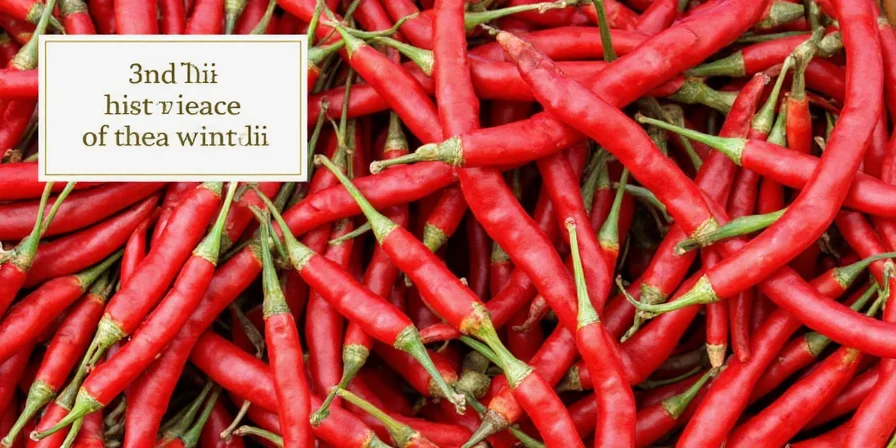
Top 5 Culinary Uses You Can’t Miss
This chili isn't just about heat — it’s got layers. Here are five ways to make it shine:
- Pad Thai: Adds depth and fiery kick to the classic stir-fried noodle dish.
- Som Tum: Essential ingredient in this green papaya salad. No Bird’s Eye = not authentic!
- Curry Pastes: Red curry paste gets its signature fire from mashed Bird’s Eye chilies.
- Fish Sauce Dips: Crushed with garlic, lime, and fish sauce — a staple sidekick for grilled meats.
- Spicy Oils & Infusions: Infuse oil with Bird’s Eye for homemade spice bombs perfect for drizzling over noodles or soups.
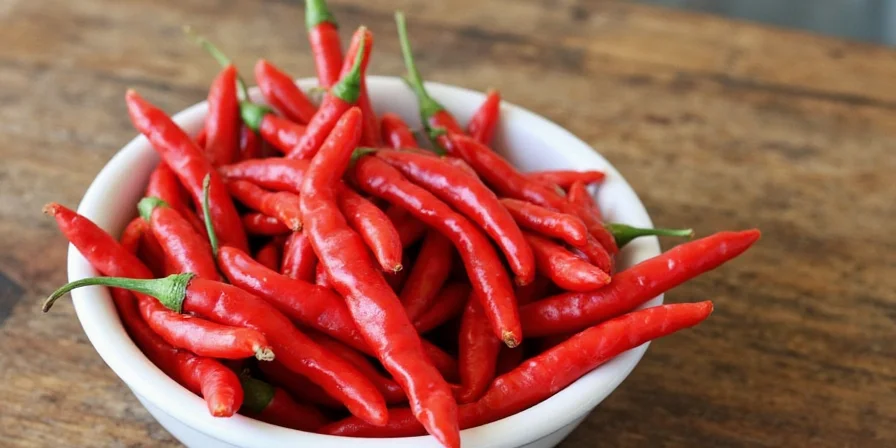
Pro Tips for Handling These Little Spice Bombs
Here’s the deal: these things are dangerous if you don’t know what you’re doing. Here’s how to survive the kitchen chaos:
- Use gloves! Seriously, unless you enjoy burning fingers and accidental eye contact.
- Remove seeds and membranes for milder heat (but why would you do that?!).
- Dry roast them first for deeper, smokier flavor in pastes or oils.
- Freeze them whole — they last months and are easy to toss into curries directly from the freezer.
- Neutralize the burn: Milk, yogurt, or coconut milk are your best friends after a spicy mishap.
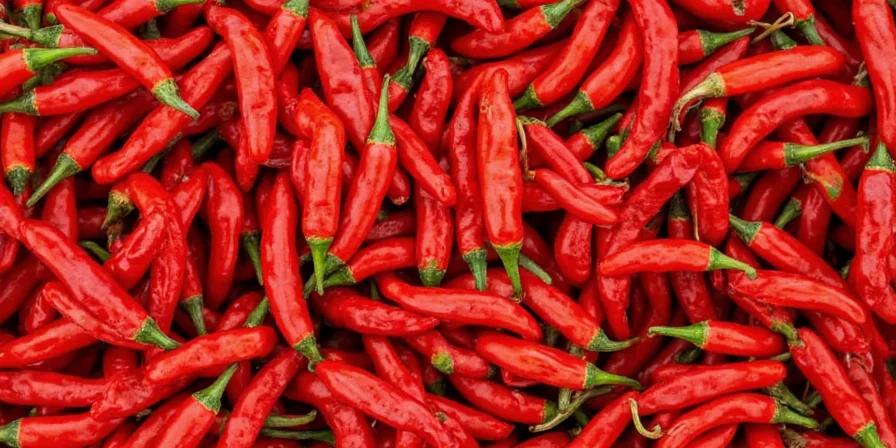
Flavor Pairing Guide: Friends of the Bird’s Eye
To balance its punchy personality, here are top flavor companions:
- Lime: Brightens up the heat and cleanses the palate.
- Fish Sauce: Umami-rich and salty — the yin to Bird’s Eye’s yang.
- Garlic: Boosts flavor and balances spice with earthiness.
- Citrus Zest: Lemon or kaffir lime zest lifts the entire profile.
- Coconut Milk: Cools down heat and adds creamy texture — especially great in curries.
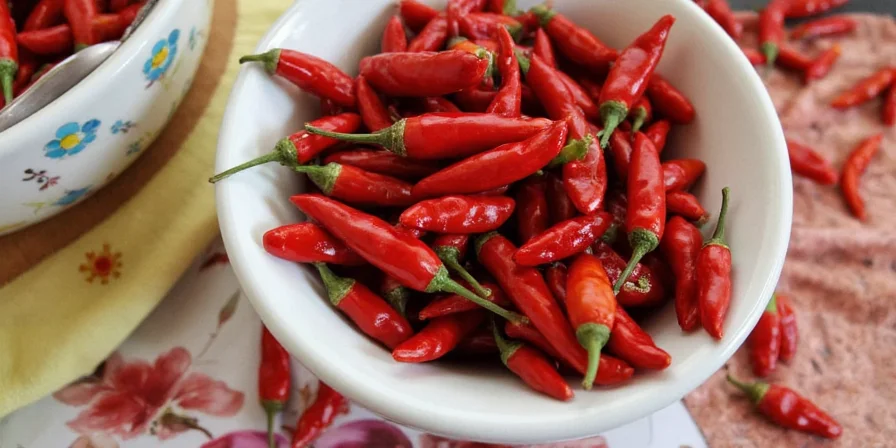
Want to Grow Your Own? Here’s How!
Feeling ambitious? Try growing your own Thai Bird’s Eye Chillis at home. They’re tough, resilient, and prolific.
- Climate: Thrives in tropical or subtropical climates. If you live elsewhere, grow indoors or in a greenhouse.
- Soil: Well-draining, rich soil with plenty of organic matter.
- Sunlight: At least 6 hours daily — more is better.
- Water: Keep moist but not soggy. Peppers hate wet feet!
- Harvest Time: Pick when fully colored — red, green, or yellow — depending on desired heat level.
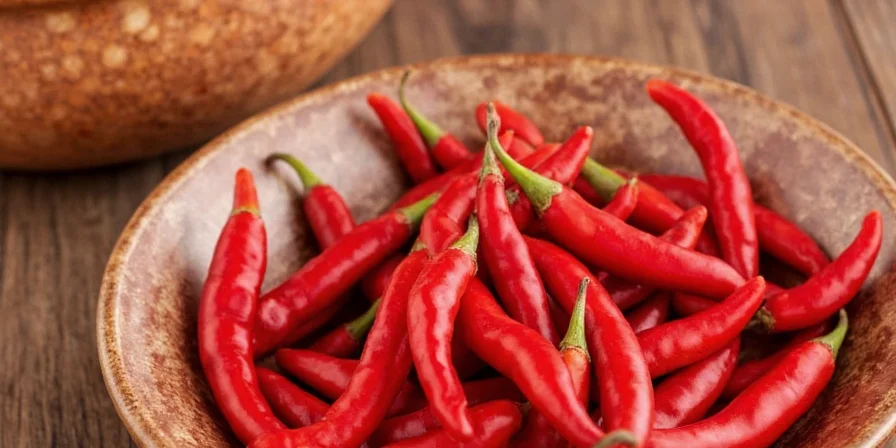
Debunking Common Myths About This Fiery Pepper
Let’s clear up some misconceptions floating around the spice aisle:
- Myth #1: “Green Bird’s Eye is less hot than red.”
- Truth: Not always! Green ones can be just as spicy, but with a grassier note.
- Myth #2: “More seeds = More heat.”
- Truth: Seeds hold heat, but so do the inner white ribs. Remove both for mildness.
- Myth #3: “Only used in Thai food.”
- Truth: Nope! You’ll find it in Vietnamese, Malaysian, and Indonesian cooking too.
- Myth #4: “It’s hard to substitute.”
- Truth: Use serrano peppers or crushed red pepper flakes in a pinch — adjust quantities accordingly!
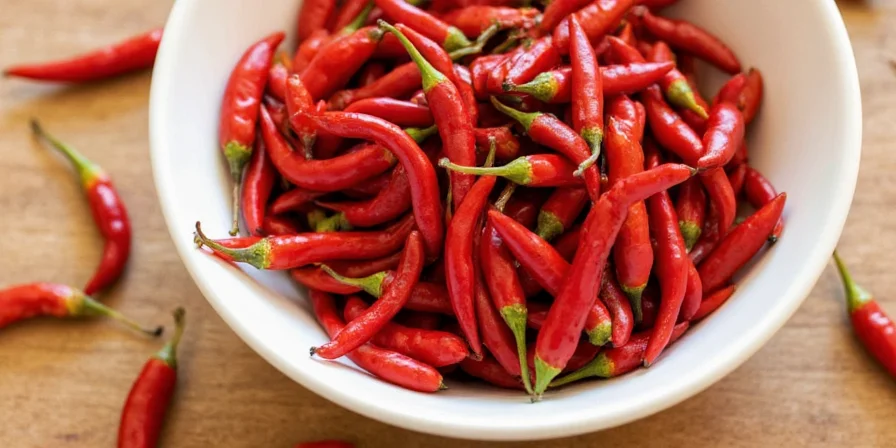
Final Thoughts: Love It or Fear It, You Can’t Ignore It!
The Thai Bird’s Eye Chilli might be small, but it’s a giant in the spice world. Whether you’re sweating through a som tum or grinning through the burn in your favorite curry, this chili deserves respect — and maybe a few kitchen gloves.
From understanding its heat scale to mastering flavor pairings and growing techniques, there’s more to this fiery friend than meets the eye. So next time you reach for the Bird’s Eye, remember: it’s not just about heat. It’s about heart, history, and a little bit of Thai soul.
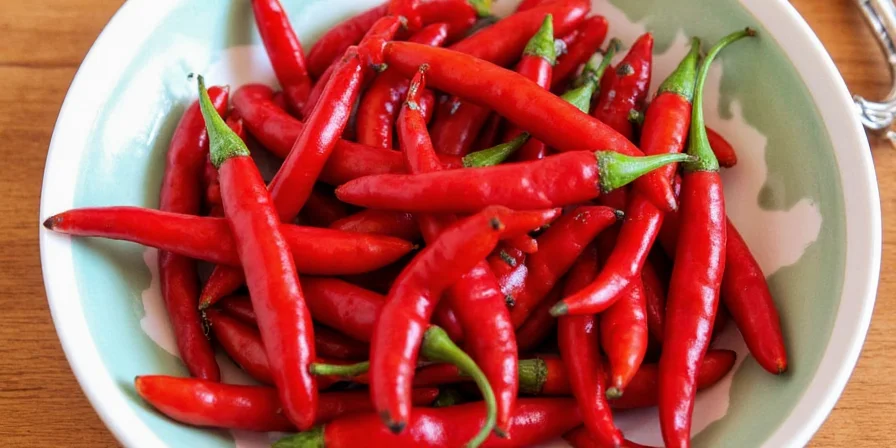

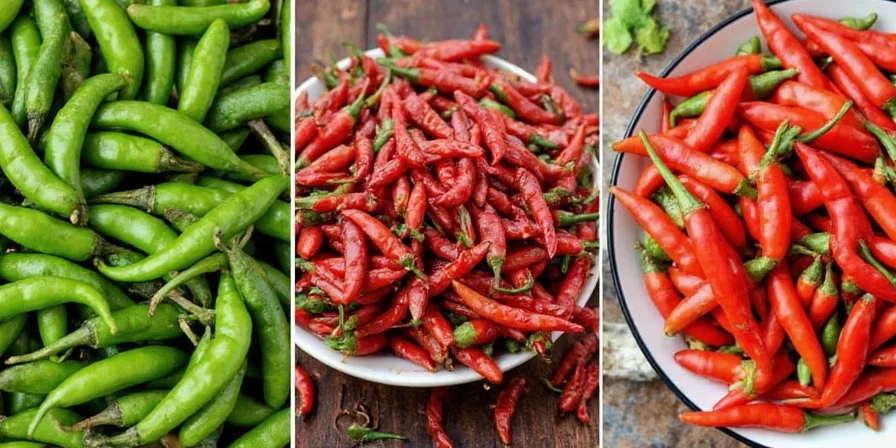









 浙公网安备
33010002000092号
浙公网安备
33010002000092号 浙B2-20120091-4
浙B2-20120091-4